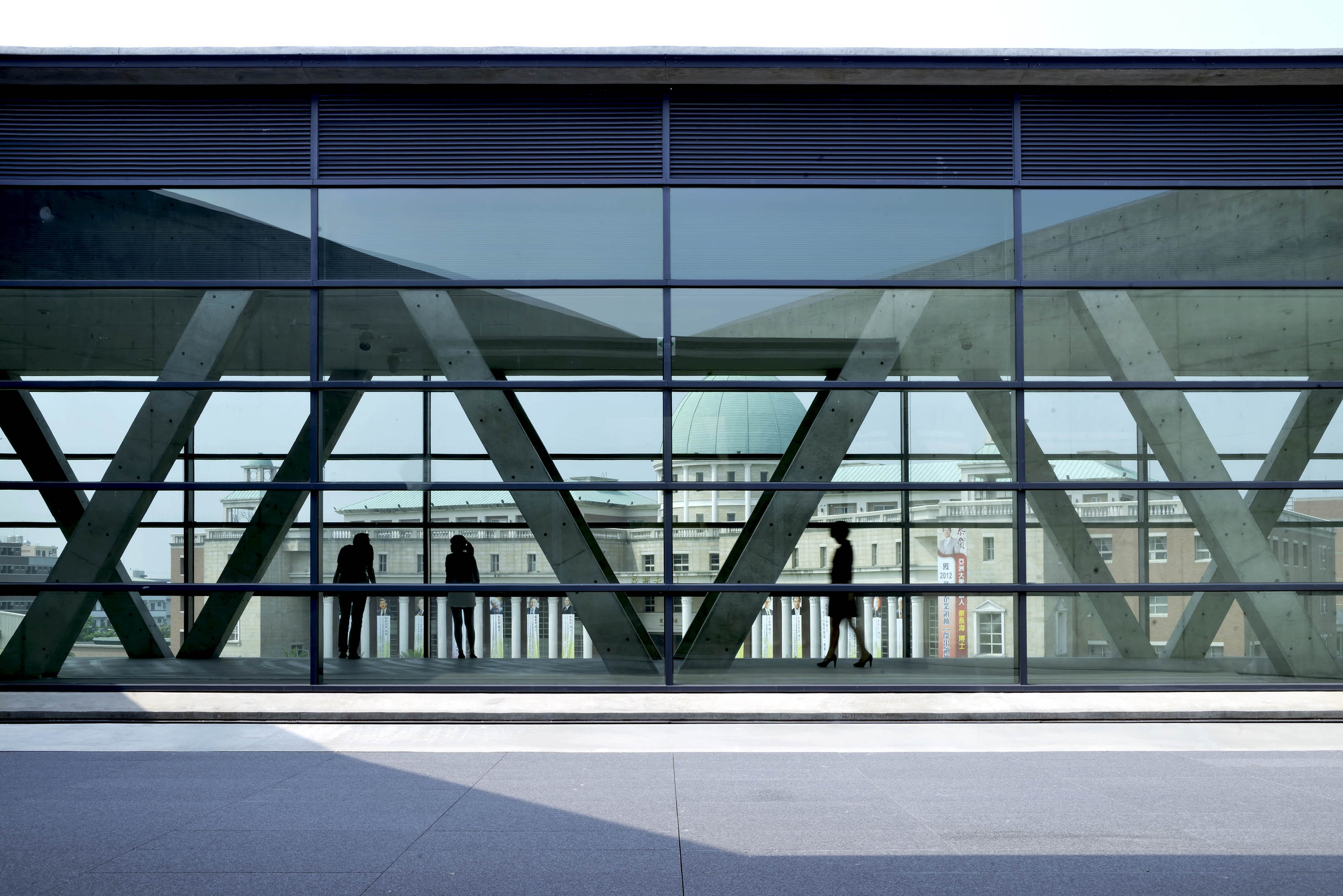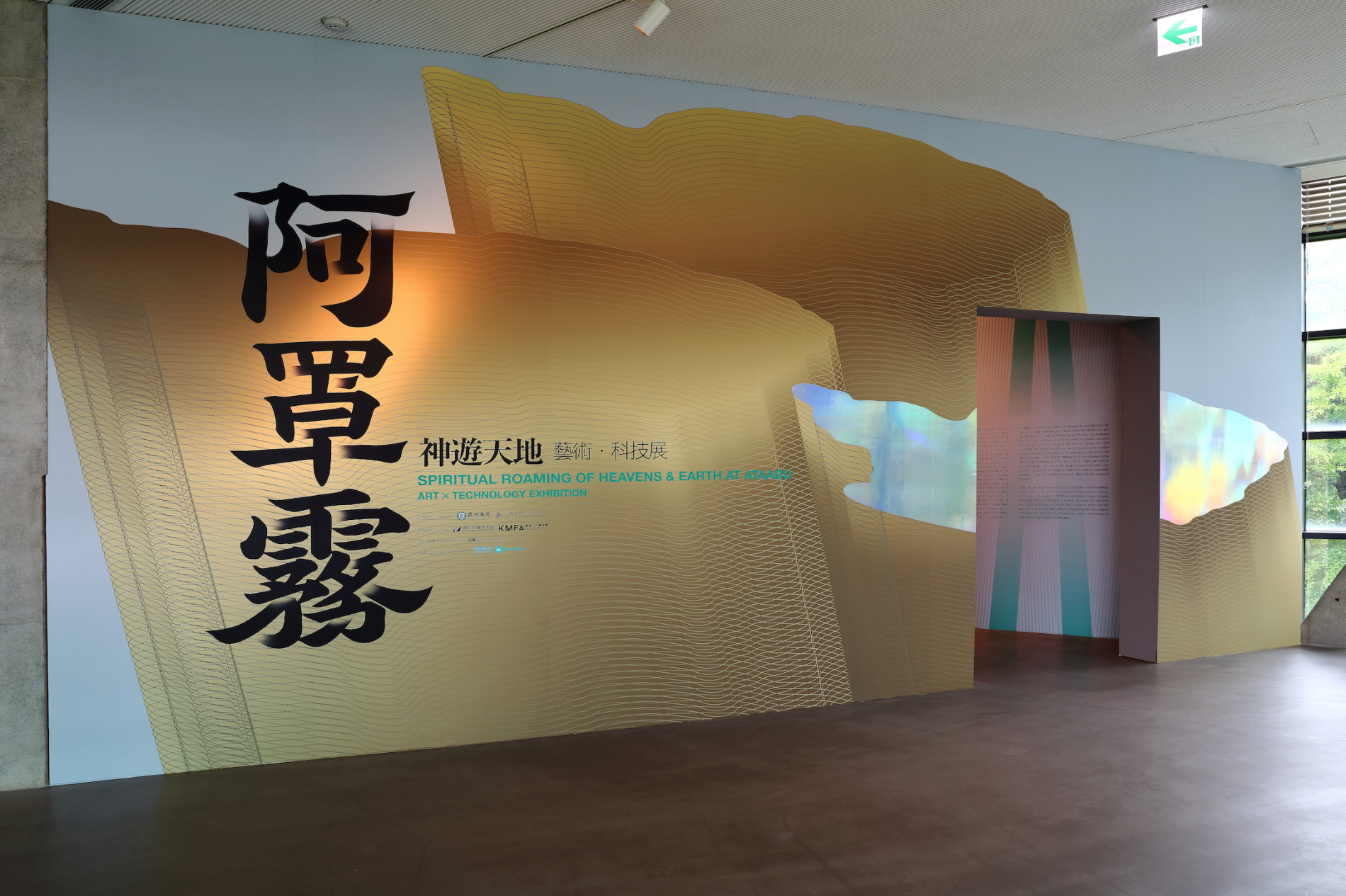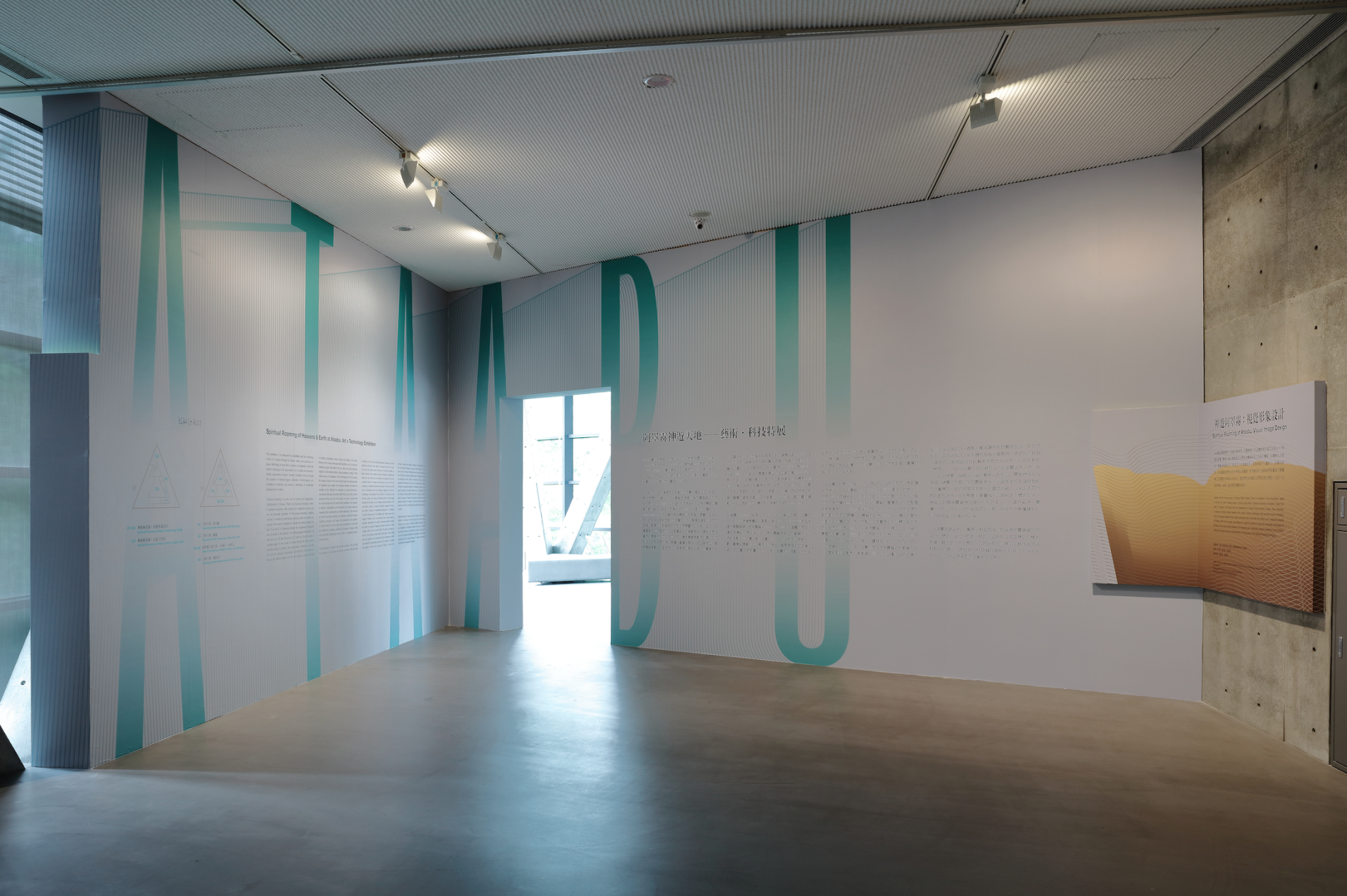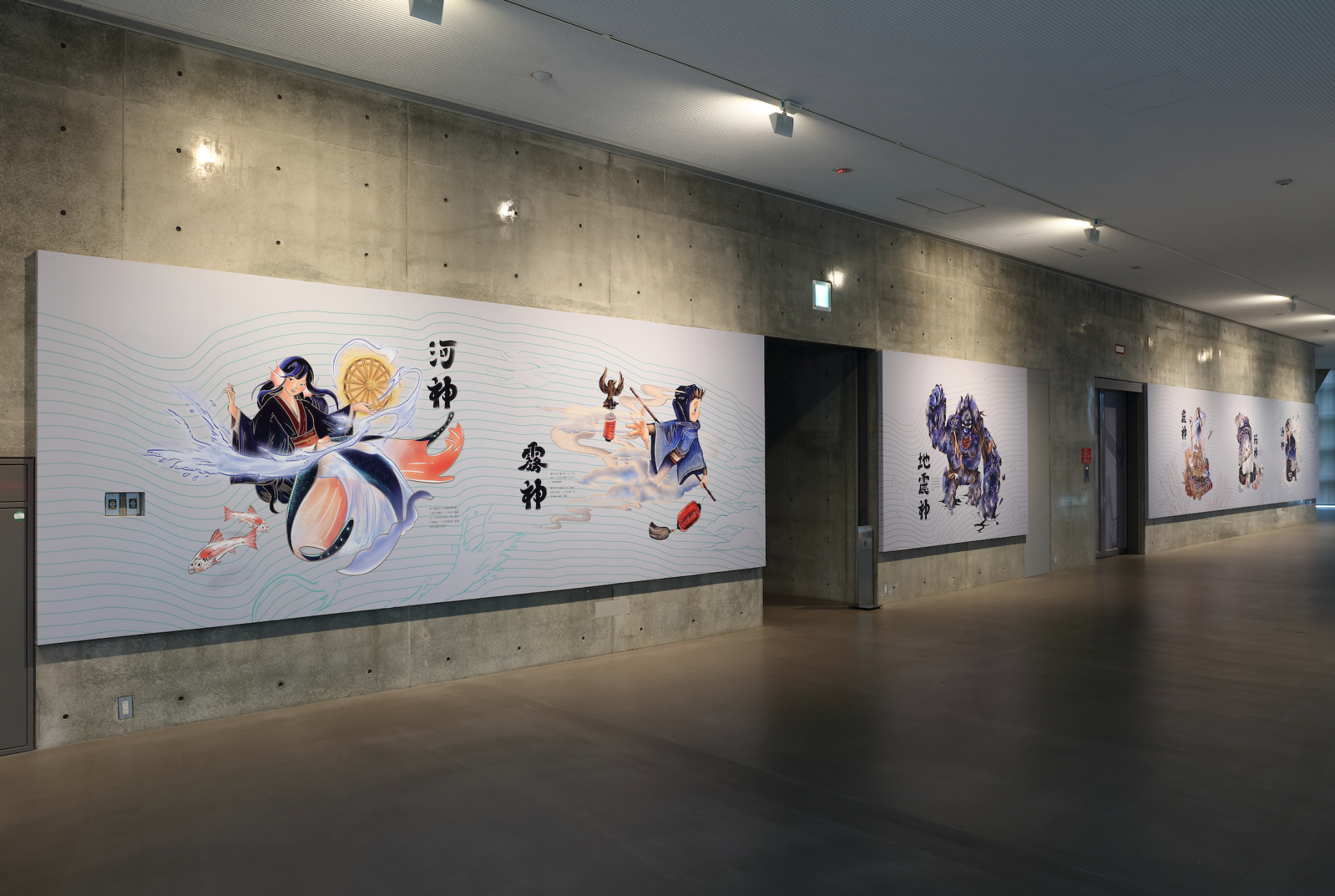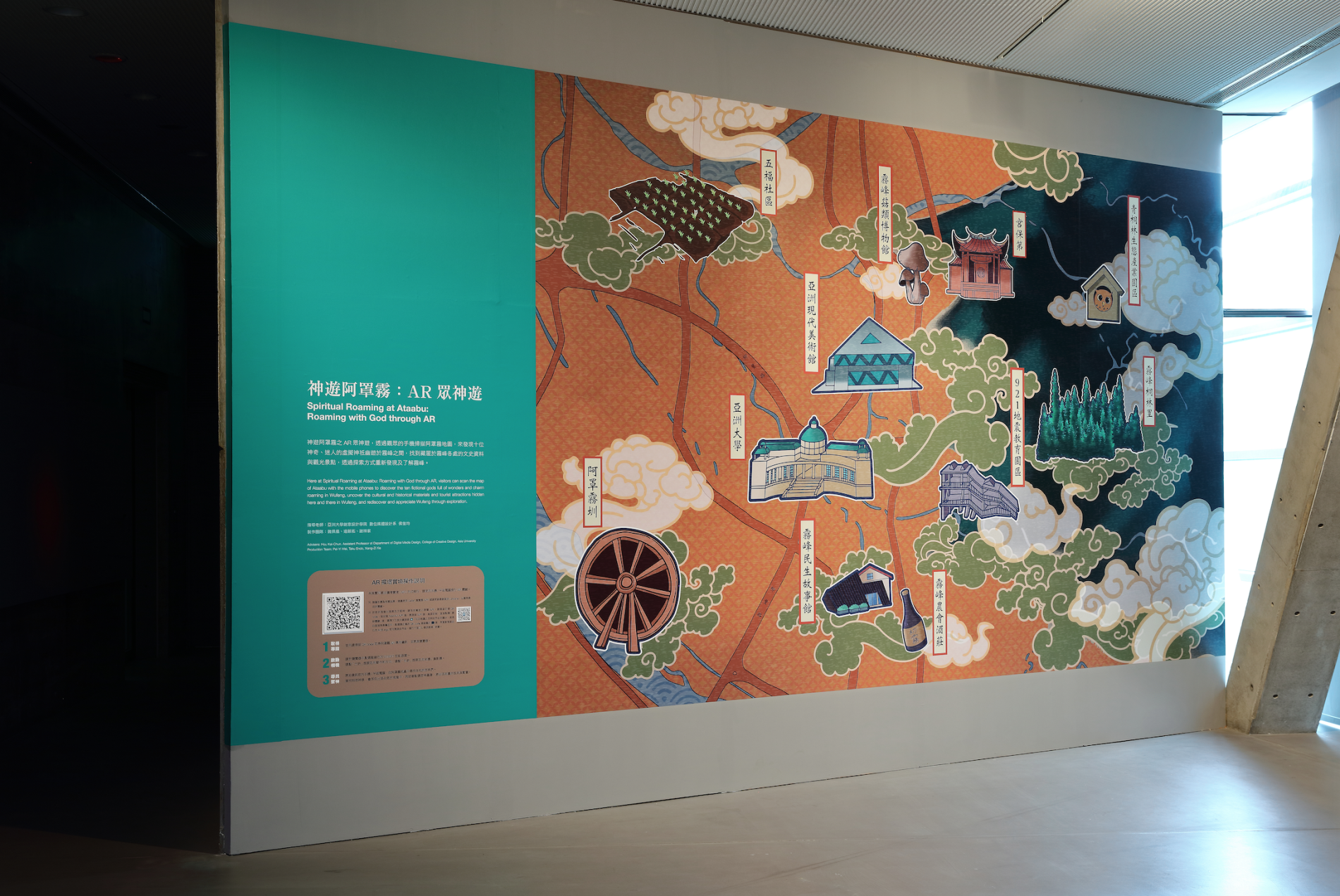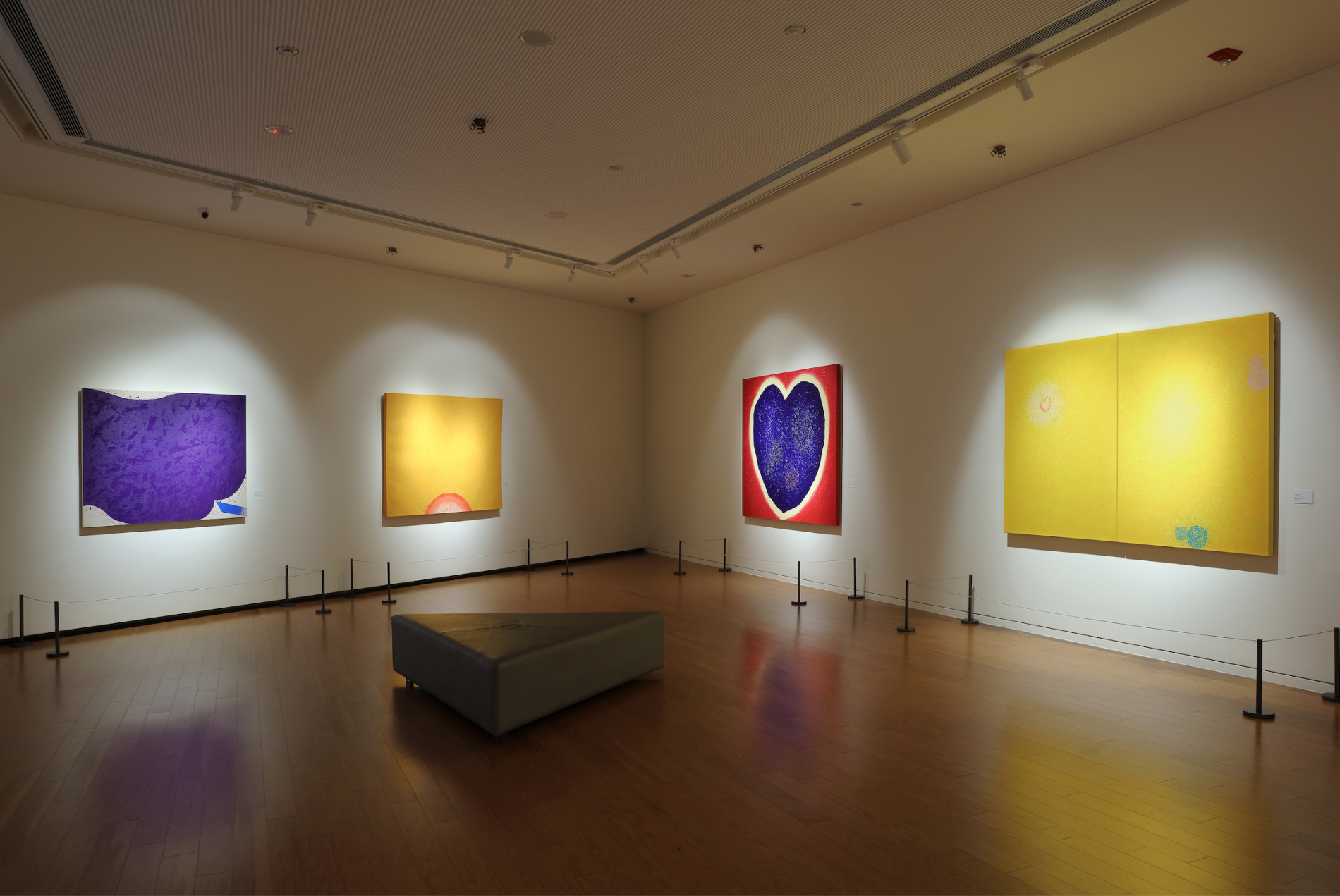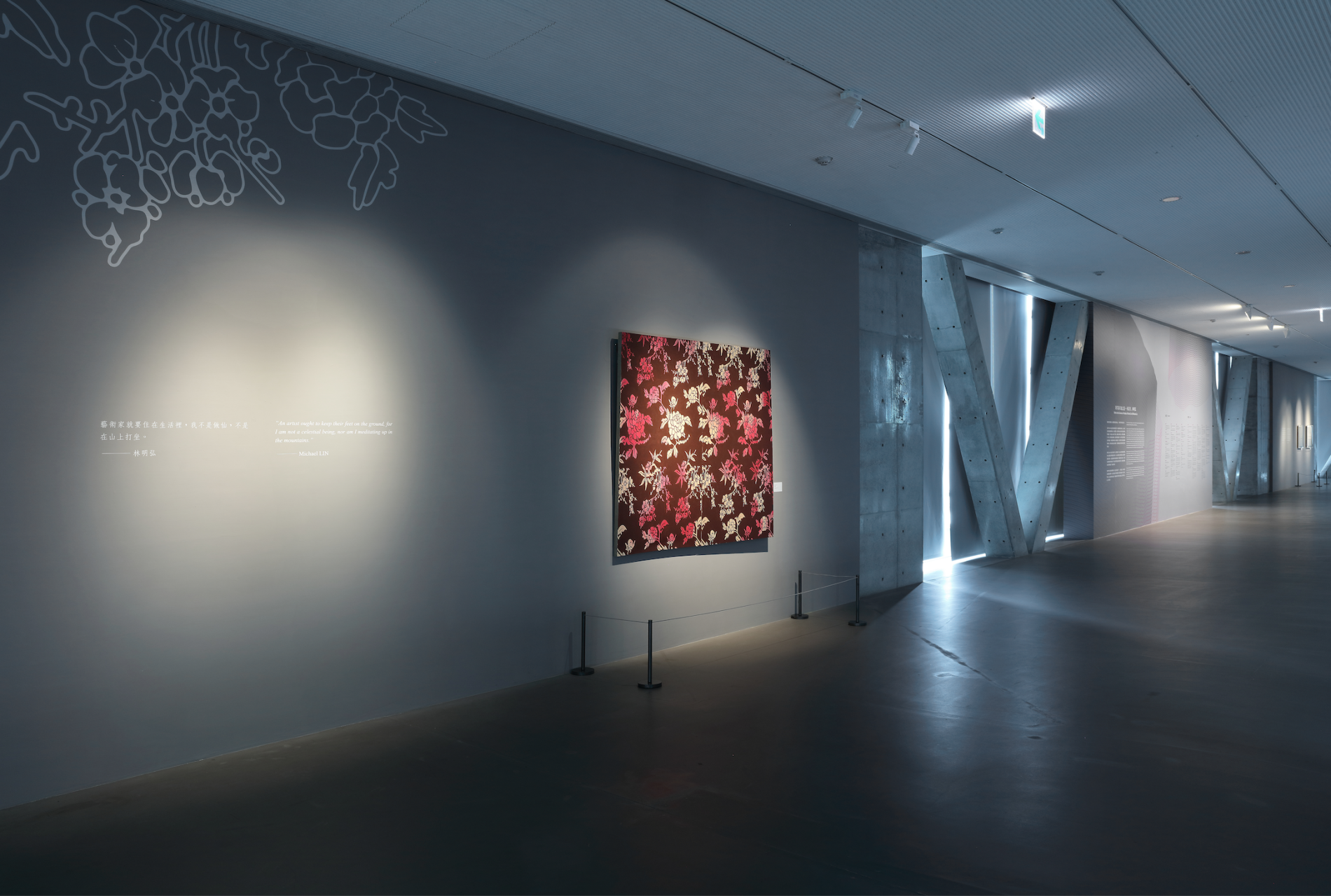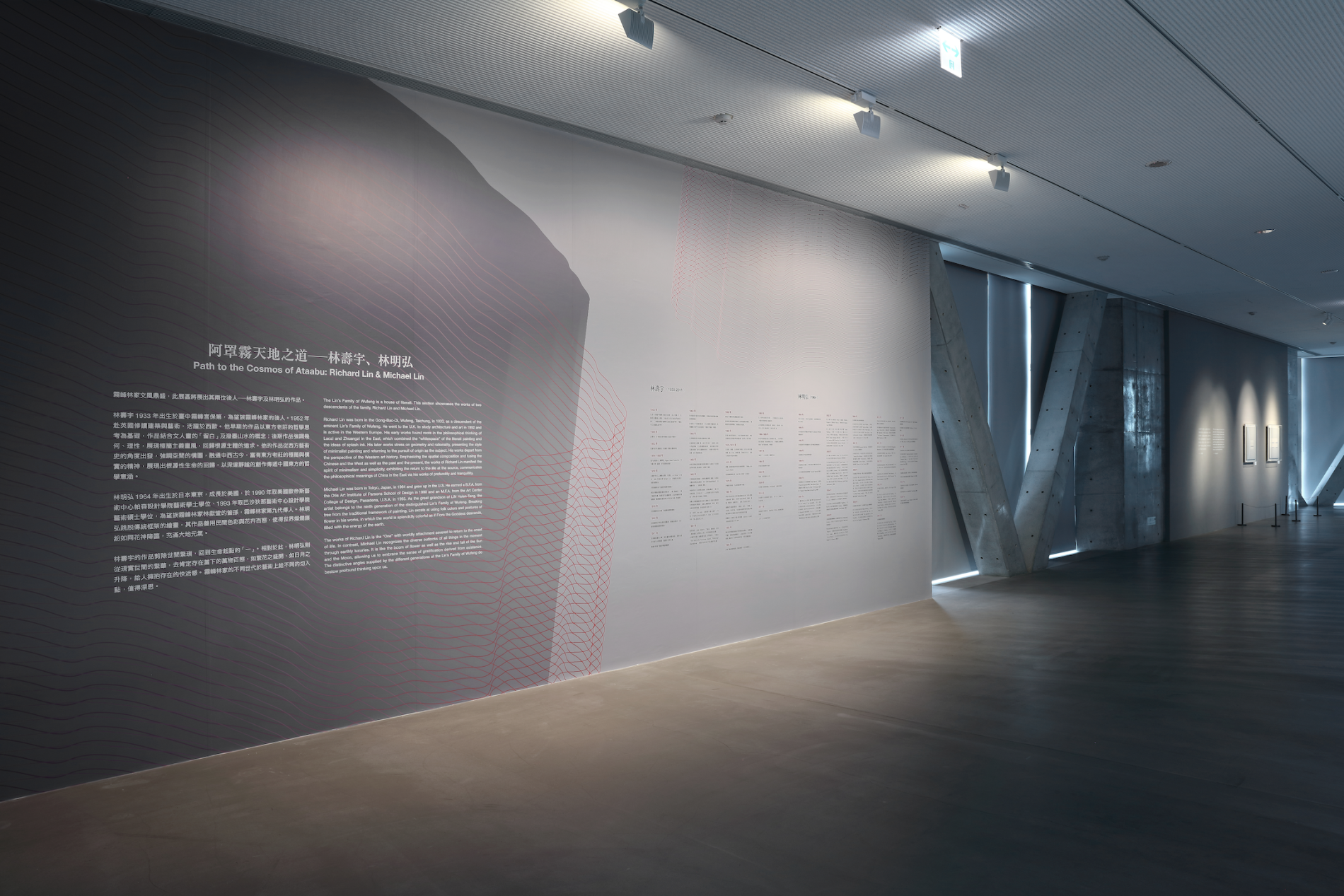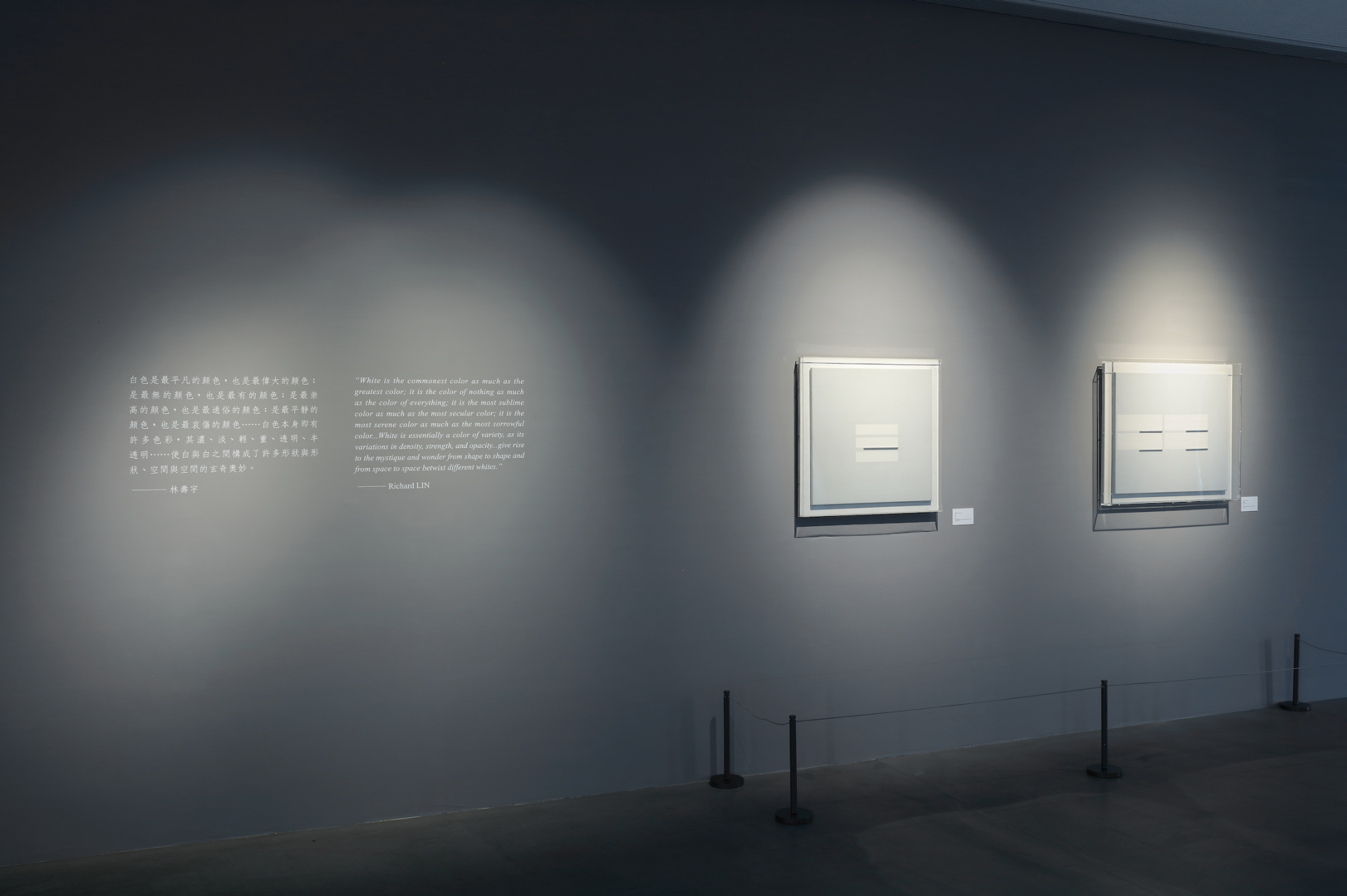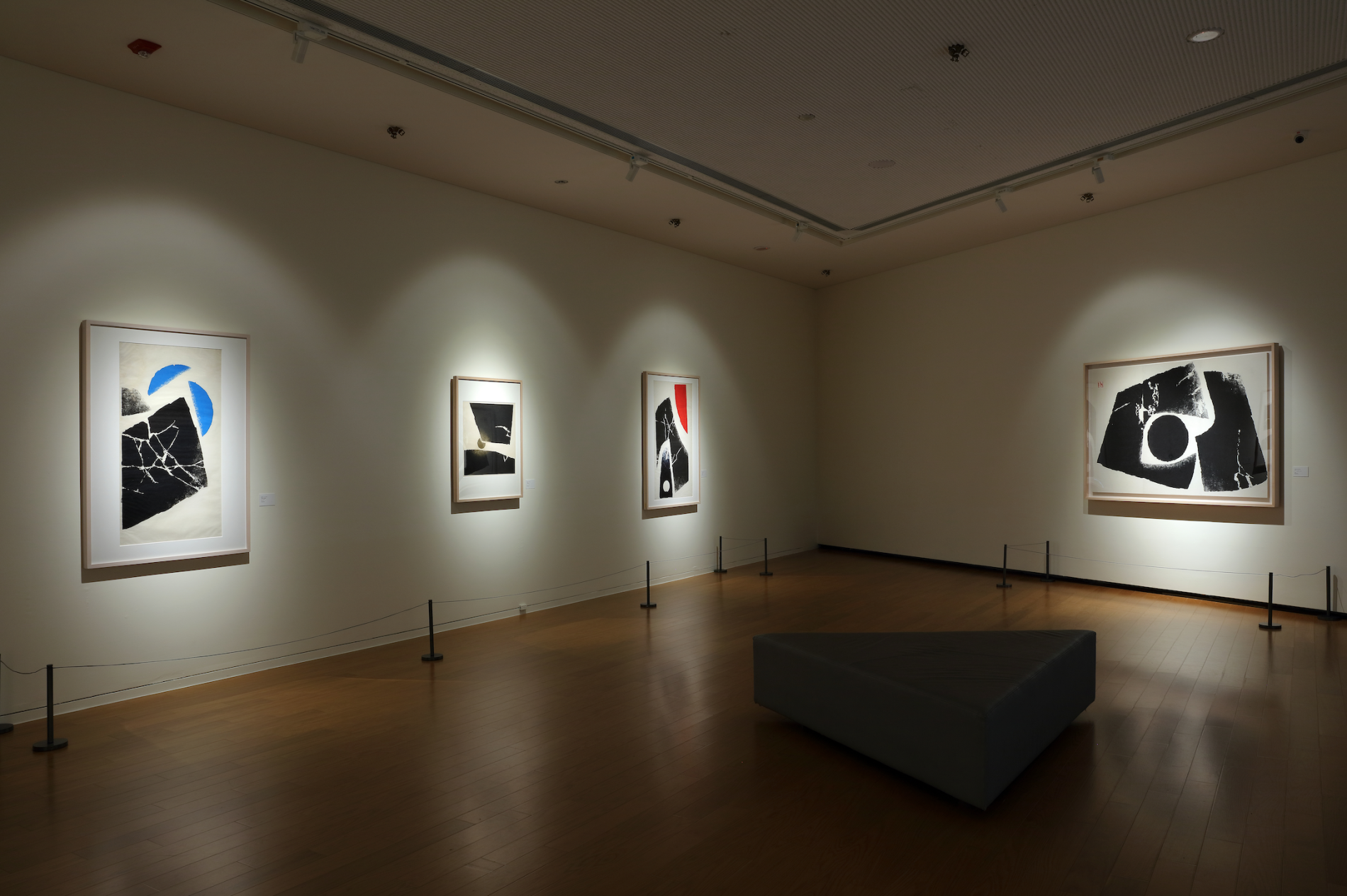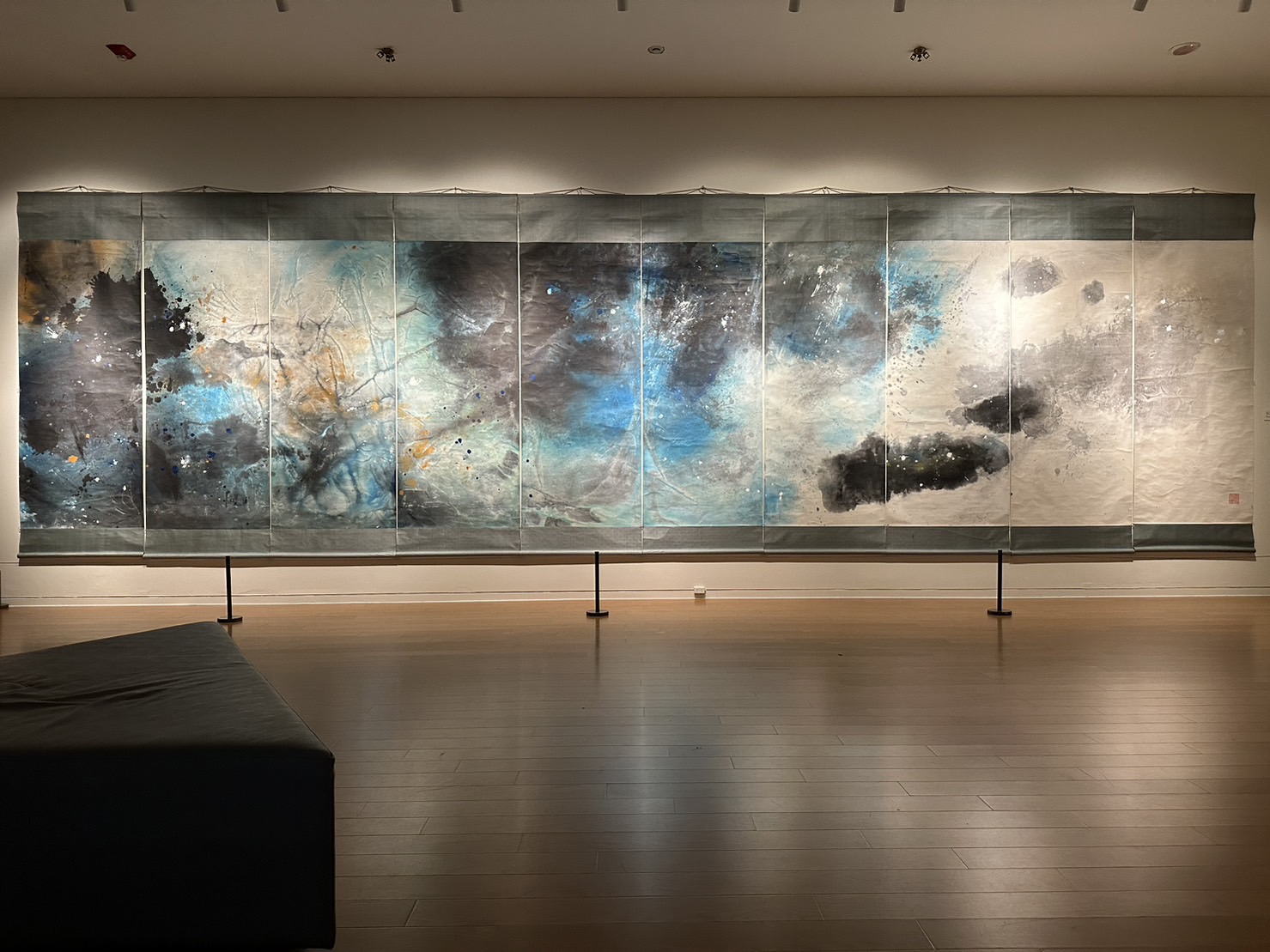「阿罩雾神游天地——艺术・科技特展」

此次展览乃是透过一地历史与文化、物产诠释二十一世纪的神话之可能性。神话并非只是一种想像力的产物,神话背后存在着出自于现实的联想与其人类对于生生之德的无限期待。为此,透过神话人物的创造、科技的运用、艺术作品的展览来表现一种自然永续发展的理念。
This exhibition is to interpret the possibilities with the mythology in the 21st century through the history, culture, and products of a place. Mythology is more than a product of imagination. What lies behind mythology is the associations out of reality and humanity’s infinite expectation towards Creative Creativity. Hence, through the creation of mythical figures, utilization of technologies, and exhibition of artworks, we present a philosophy of sustainable development of nature.
「神游」是一个充满感性与想像力的语汇。传统中文「神游」意味着精神的邂逅,往往隐喻着虚拟而无法实际参与的旅程。对于现代人而言,「神游」却能透过科技使得身体经由实质活动、参与,遨游于创意与理想的世界。闽南语「魔神仔」(môo-sîn-á )一语,蕴含着个体渺小与对万有精灵的敬畏之念;林美容、李家恺着作的《魔神仔的人类学想像》则是首部透过人类学的田野调查来研究民间精灵信仰。除此之外,依据儒家信仰所塑造的忠君节义之士的建庙祭祀,还有民间依据信仰需要所形成的信仰神祇,还有随着佛教信仰传入的亚利安人吠陀思想的佛、菩萨、罗汉、诸天、夜叉等信仰,当然传统道教日月星辰信仰,使得信仰展现出多元而丰富的文化底蕴。在二十一世纪科技无远弗届的融会与结合上面,东西方的众神形象意味着穿越现实与虚拟的想像力与创造力的庞大力量。即使人类科技文明不断发展,但是人类信仰却不为如同十九世纪末的忧虑那样或者东方刚接触西方文明之际,从排斥、抵御、冲突到对话,人类逐渐深化个体对于信仰的理解。众神从未离开我们,我们一直与他们为伍,数千年来人们建造寺院、教堂、清真寺、公廨,透过建筑、塑像、绘画、图案来显示或者象征出亘古以来人类心灵的骚动、不安,透过信仰、体系哲思建构起超越性的永恒世界。
“Spiritual Roaming” is a term rich in emotion and imagination. Traditionally in Chinese, “Shen-You (Spiritual Roaming)” refers to spiritual encounter, often implying an imaginative journey one can not physically undertake. For the people nowadays, “spiritual roaming” is enabled by technology, allowing bodies to partake and wander in the world of creativity and ideality via physical activity. The term “môo-sîn-á” in Taiwanese implies the insignificant individual’s awe of spirits in all creatures. The Anthropological Imagination for Môo-sîn-á by LIN Mei-Rong and LEE Chia-Kai is the first study of spiritual religion in the society of Taiwan through the field research of anthropology. In addition, the construction of temples to worship the loyal and righteous individuals in line with the Confucianism as well as the folklore deities born from the religious needs, the belief in Buddha, Bodhisattva, Arhat, Devata, and Yaksha of the Vedic thinking of the Aryans introduced with Buddhism, and of course the traditional Taoism with belief in the Sun, Moon, and stars empower religions to demonstrate affluent cultural heritages in variety. On the infinite fusion and integration of the technology in the 21st century, the images of gods in the East and West imply the immense power of imagination and creation that traverses between the reality and virtuality. In fact, although the civilization of human technology is ceaselessly advancing, humanity’s faith does not go as the concern presented at the end of the 19th century, nor does it coincide with the moment when the East met the West civilization. From rejection to defense, confrontation, and conversation, the human beings are deepening their understanding of belief individually. Gods never left us. They are among us all along. For millennia, people built temples, churches, mosques, and kuwas. The disturbance and agitation in human hearts for eons have been manifested or incarnated via architecture, sculpture, painting, and patterns. Through belief and systematic philosophy, we gave birth to a perpetual world of transcendence.
阿罩雾(Ataabu)为清代原住民社名,汉人入垦,因袭其音,外加西境层峦叠错,紧邻大横屏山,又有中央山脉为脊樑,云雾缭绕,雅称雾峰。中部沃野平川,阿罩雾一带为原汉各族邂逅的历史风土区。清末雾峰林家武功显赫、日治时期推动文化波澜,国府来台,北京故宫文物来此建馆十五载,台湾省议会也在此奠造民主历程,国际建筑大师安藤忠雄首座在台美术馆矗立于此。本次展览的出发点在于从根源性的土地的空间以及历史事实发展的时间为起点,透过人、历史事件、大自然物产中追寻一种生命的根源,希望透过这种结合科技视觉形式的展览,引领人们重新关注台湾这块土地的过往与未来。
Ataabu was originally a name for an indigenous tribe in the Qing Dynasty. The pronunciation was adopted by the Han people after their resettlement here. Also, there are layers of mountains in the west in adjacent to Dahengping Shan. With the Central Ridge as the backbone, the place is veiled in clouds and mists. That was how it came by the elegant name of Wufeng (Misty Peaks). The central Taiwan presents a fertile plain with little obstacles. The area of Ataabu used to be a historical site where the peoples of the Hans and the indigenous tribes met. The Lin’s Family of Wufeng enjoyed a great honor for their valor at the end of the Qing Dynasty. Wufeng was the place where the cultural movement was promoted in the Japanese rule, the site the artifacts from the Palace Museum Beijing were stored for 15 years upon the relocation of the nationalist government to Taiwan, the ground where the Taiwan Provincial Council laid the foundation of democracy, and the location where the first museum in Taiwan designed by Mr. Tadao ANDO, an international maestro in architecture, stands. This exhibition departs from the land space of origin and the time for historical facts unfolded. Through the existence of people, historical events, and natural resources, it traces the origin of life. Through this exhibition with technology and visual combined, we hope to guide people to refocus on the past and future of the land named Taiwan.
此次展览分为几个区块:首先是透过地方众神的塑造,重新让我们将眼光投入到雾峰的土地上面。为此以传说、物产、自然塑造十位虚拟神祇,包括因水脉出自于合欢山水系,水质甘甜,适于酿酒而创作的酒神、因雾峰为台湾最大型菇类养殖产业集散地,在此也发展出全球唯二的菇文化与产业博物馆而创作的菇菇精灵、因雾峰曾经历「921大地震」的关系而创作的地震神等,透过这类过往真实历史的具体形象的塑造,我们在此透过十个神祇来将雾峰土地、历史、文化融合丰富的视觉形象,以此唤起人们对于地方历史、文化、自然的重视,其理念背后存在着「永续发展」的现代理念。除了十位虚拟神祇之外,这次展览也透过诸多雾峰在地影像的利用,重新创作为动态投影影像,同时另外规划「天地往还」展区,展出陈庭诗、萧勤、董承濂的现代艺术作品,从他们的作品当中表现出宇宙生机的神祕主义精神,透过这些神秘主义的作品来开展出当代艺术家对于大自然、宇宙的新的诠释态度。此外,展览亦于3楼特设「阿罩雾天地之道」展区,展出林寿宇及林明弘两位艺术家的作品。雾峰林家文风鼎盛,林寿宇于战前生于雾峰林家,早岁毕业于英国伦敦综合工艺学院,研究建筑与美术,活跃于西欧,以东方老庄思想为创作理念,展现整简主义画风,回归根源主体的追求。林明弘为战后雾峰林家后代,生于东京,活跃于欧洲、台湾,其作品善用民间色彩与花卉百态,使得世界灿烂缤纷如同花神降临,充满大地元气。
This exhibition is divided into several sections. First, through the making of local gods, we refocus ourselves onto the land of Wufeng. For that, ten fictional gods were created out of the legends, products, and nature, including the God of Liquor born from the sweet water flowing from the water system of Mount Hehuan that is perfect for liquor brewing, the Mushroom Spirit born from the fact that Wufeng is the largest hub for the mushroom farms in Taiwan and the place for one of the two museums of mushroom culture and industry in the world, and the God of Earthquake born from Wufeng’s experience of the 921 Earthquake. By embodying the true history in the past, we fuse the land, history, and culture of Wufeng with rich visual images through the ten gods, so as to redirect people’s attention to the local history, culture, and nature. What lies beneath the idea is the modern concept of “sustainable development.” In additional to the ten fictional gods, this exhibition also utilizes various local images of Wufeng, which are reproduced into moving images of projection. Meanwhile, the section “Traversing betwixt Heavens and Earth” is curated to display the modern art works of CHEN Tingshih, HSIAO Chin, and Nick DONG. The spirit of mysticism of the life in the universe manifest itself in their works. Through these works of mysticism, we shed light on the contemporary artists’ new attitude for interpreting nature and the universe. In addition, the section of “Path to the Cosmos of Ataabu” is open on the 3rd floor to present the works of Richard LIN and Michael LIN. The Lin’s Family of Wufeng is a house of literati. Richard Lin was born in the Lin’s Family of Wufeng before the war. He graduated from the Royal Polytechnic Institution with his studies focusing on architecture and arts. Active in the western Europe, the artist employed the Philosophy of Laozi and Zhuangzi as his creative concept. He presented paintings of minimalism, returning to the pursuit of origin as the subject. Michael Lin is the offspring of the Lin’s Family of Wufeng after the war. Born in Tokyo, the artist is active in Europe and Taiwan. He excels at using folk colors and postures of flower in his works, in which the world is splendidly colorful as if Flora the Goddess descends, filled with the energy of the earth.
「阿罩雾神游天地——艺术科技」特展将从雾峰凝思其文化、历史、风土、物产,塑造出众神的容姿与历史记忆的想像,借此从土地、历史、自然昇华为一种宇宙秩序与其永恒性的追寻,并透过当代科技融合最根源的神话、宇宙理念,为一个地方重新创造出崭新的形象。
“Spiritual Roaming of Heaves & Earth at Ataabu: Art×Technology Exhibition” shall depart from the gaze at the culture, history, landscape, and products of Wufeng, rendering images of gods and imaginations of historical memories. As such, it is elevated from the land, history, and nature into a cosmos order and the quest for its perpetuity. Meanwhile, by integrating the most original mythology and the cosmos ideology via modern technology, it shall reinvent new images for the place.


